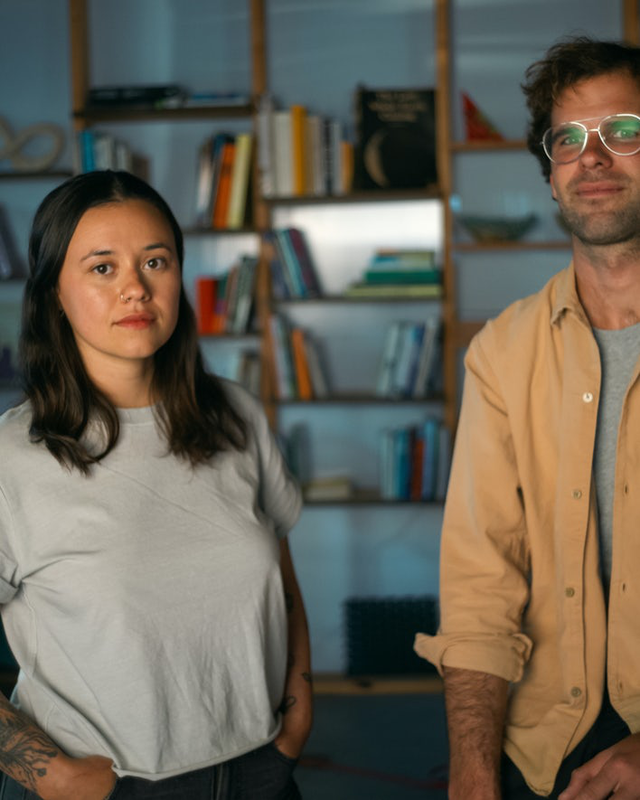Guacamole Airplane
Guacamole Airplane
San Francisco, CA, USA

Meet Ian Montgomery & Marisa Sanchez-Dunning, founders of Guacamole Airplane, a design studio that believes in a greener future for packaging.
We’re a sustainable design studio. Half of the things that we make are structural packaging design projects, and the other half are experiments with different materials.
What role do senses play in packaging?
It’s amazing how much work goes into the design of packaging. You’re designing something that’s visual, designed to appeal to the eye. It’s haptic, designed to appeal to the sense of touch. You’re interacting with it, but it’s also a freestanding sculpture. It's like such a fun challenge, both two dimensionally and three-dimensionally.
How does Cricut help you work with iterations?
Prototyping is a big part of our work, and you're always looking for different tools and making things work that are either unusual or unexpected. Cricut is a really good tool for our prototypes. It can be almost an extension of your arm. It allows you to pump through ideas way quicker. There are certain projects where we do 150 – 200 prototypes before we have the form that’s locked in, perfect, minimal, expressive, and sculptural. With a Cricut machine, we’re able to speed up that iteration process and really flesh out more ideas than we would be able to if we were doing everything by hand.
Here, we have cornstarch cushioning, which dissolves in water. Seaweed. Latex. Here is mycelium, mushroom which is grown around agricultural waste.
Who is your community?
I think a lot of people are interested in our process and it's a really interesting way for us to let the client and our community in on that process, and for them to see that is really cool. When we think through who is paying attention to our social media, it would be someone who believes in the potential for business to do good, sees that oftentimes that isn't the case, and is actively looking for partners to improve parts of their business, packaging being one of them. There are really amazing studios that focus more on making graphics that educate the general public about things, and that's cool — just not really what we do.
Do you know anybody else within the industry that also uses a Cricut machine?
No, I don’t. At first, it felt like we had discovered a secret, and my first impulse was to never tell anyone, and we'd have this advantage over people, but I got really stoked on it, and I started calling my friends who were into packaging design. Design studios in Europe and around the world have been asking us what they are and have been buying them for their own practices.
How do you use Cricut products?
You look at what’s been filling up our landfills and it’s primarily packaging. We can use our skills as designers to work with better materials, work with better systems, and work towards a more just world. I believe in business and industry as things that can use pragmatic, sustainable processes and still produce things that are thoughtful at scale.
Cricut wasn’t designed for packaging, but it’s such a good tool and it’s super effective that we were able to have it and meet our needs perfectly. It’s almost like having a little robot that’s on your team.